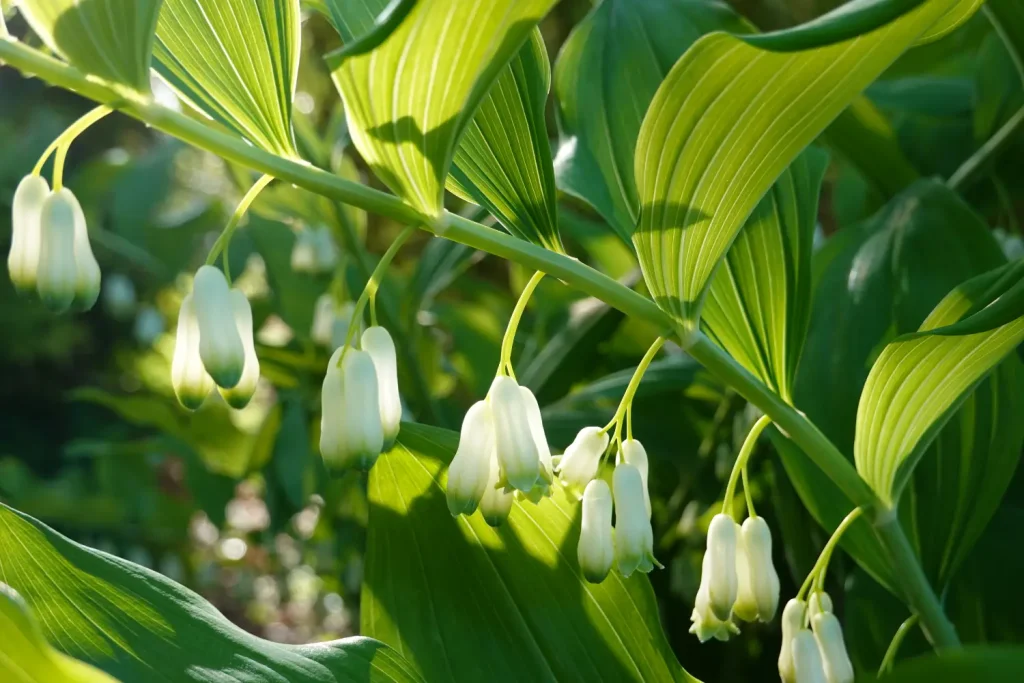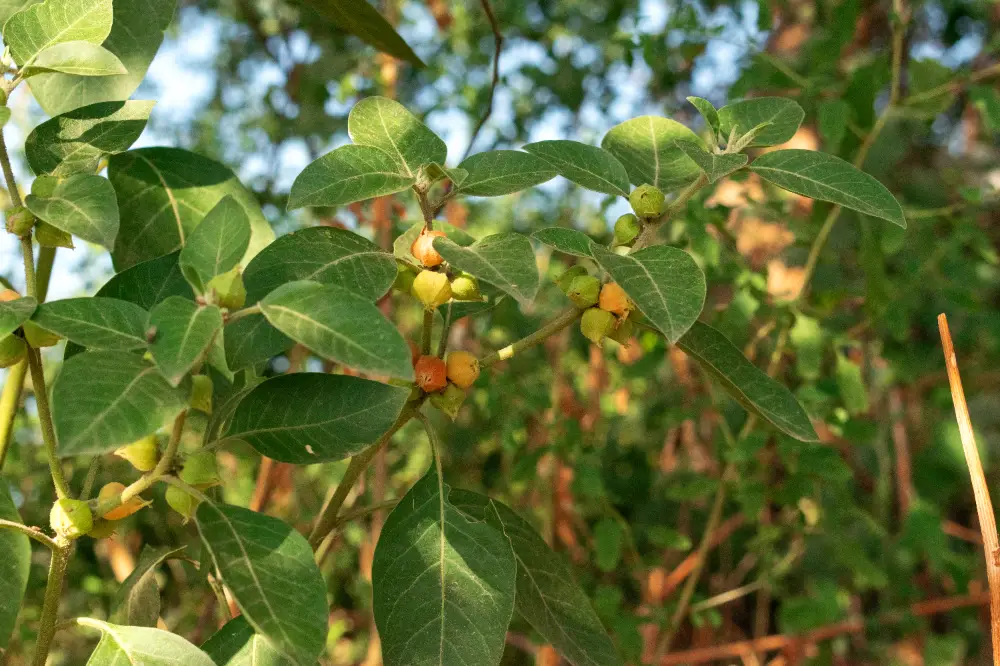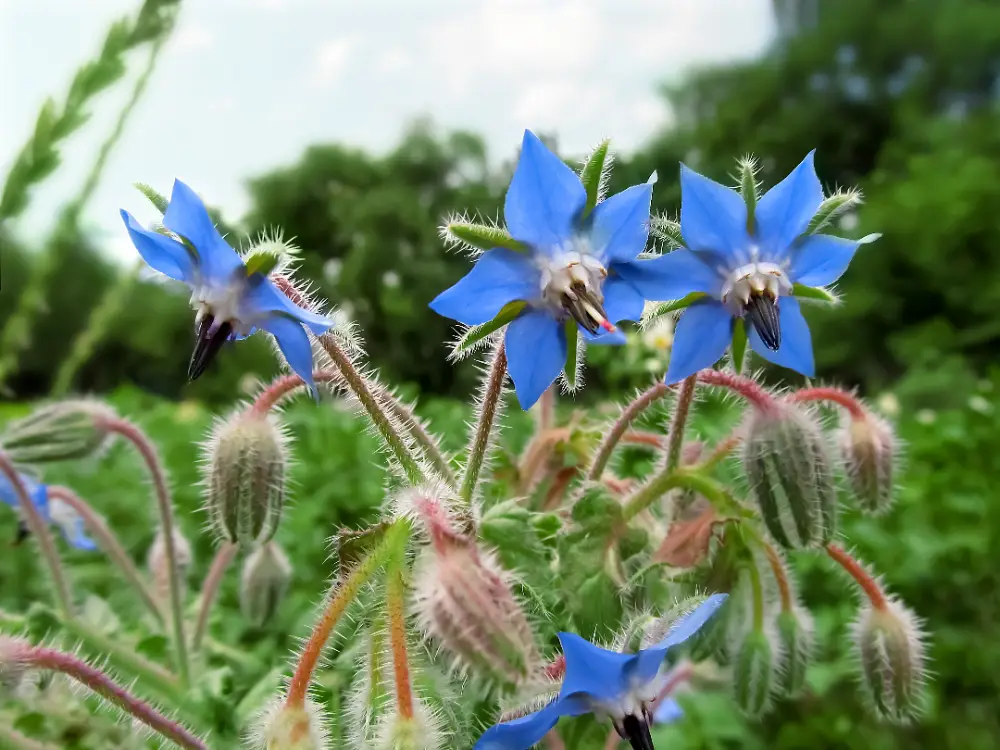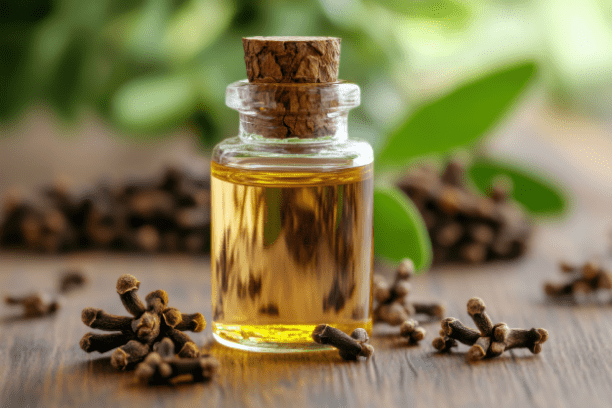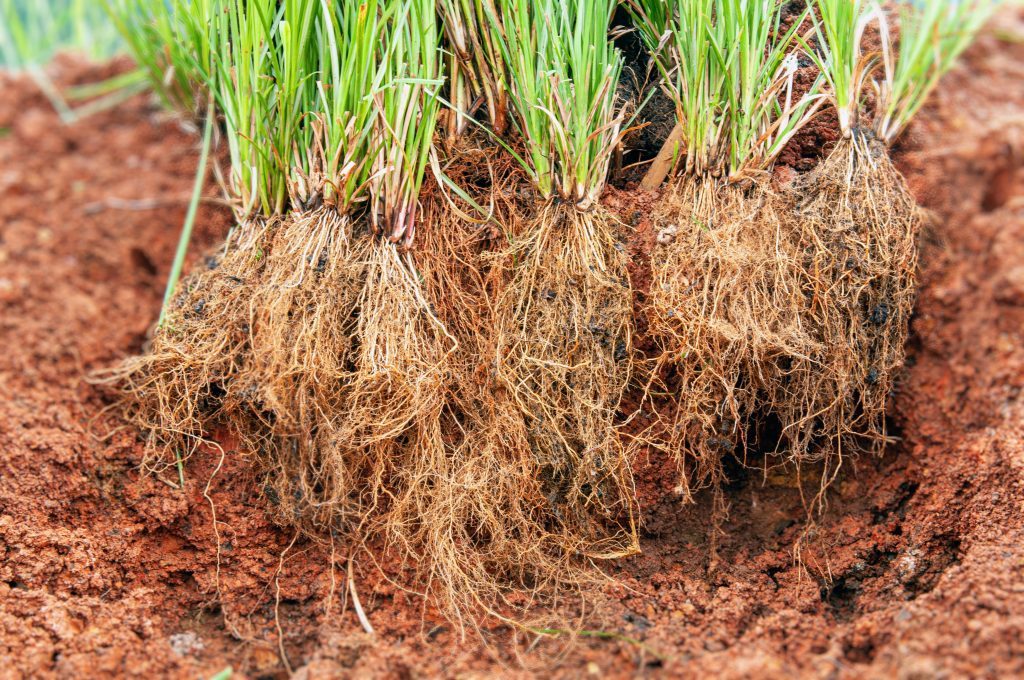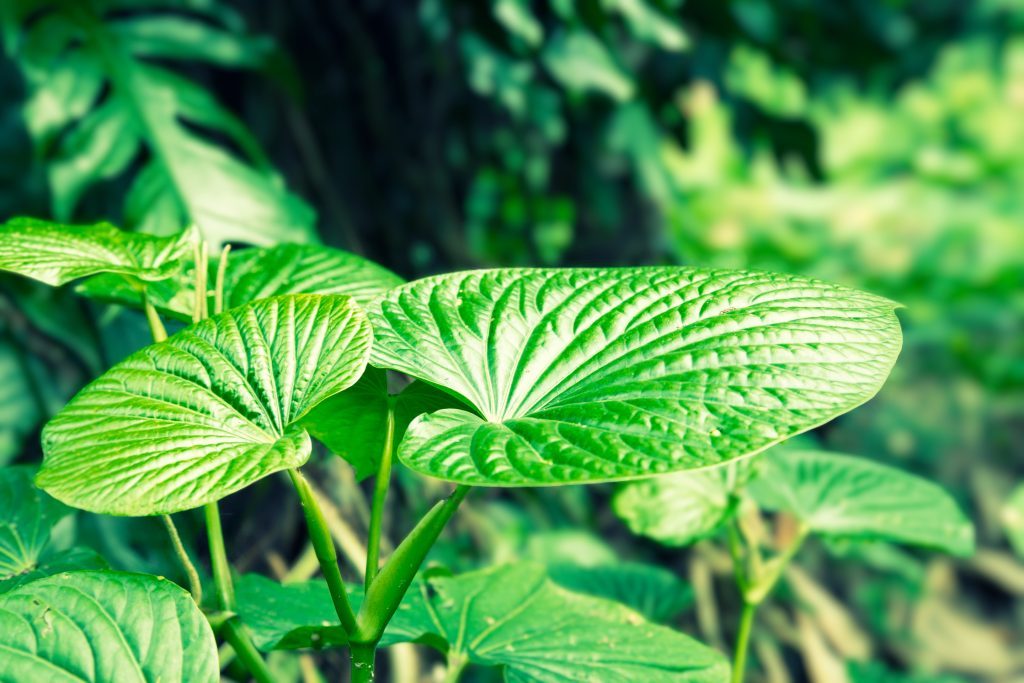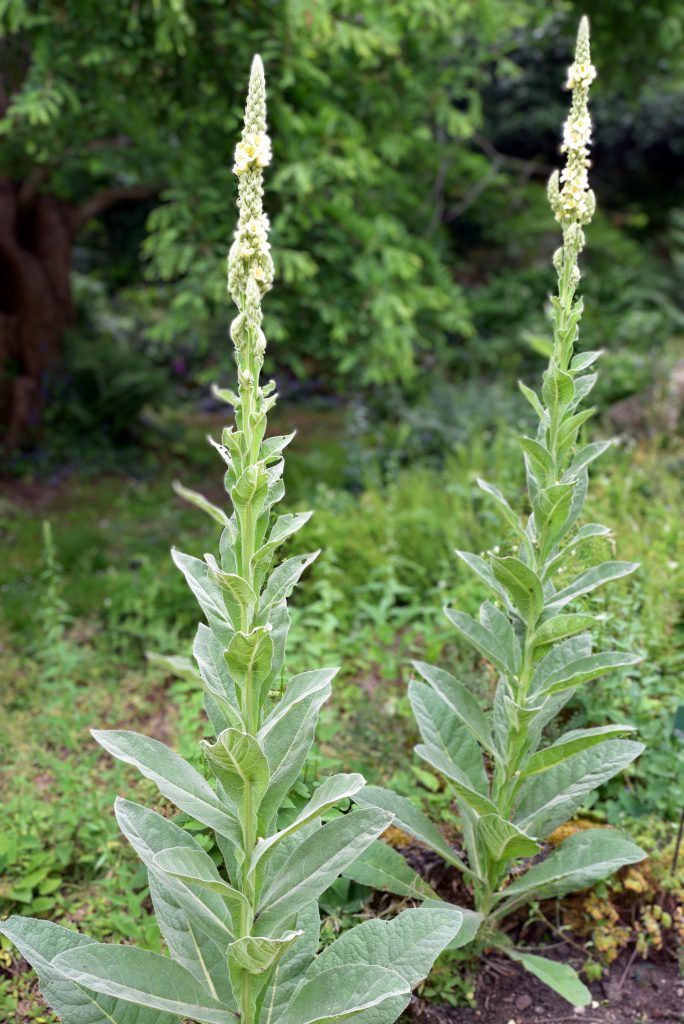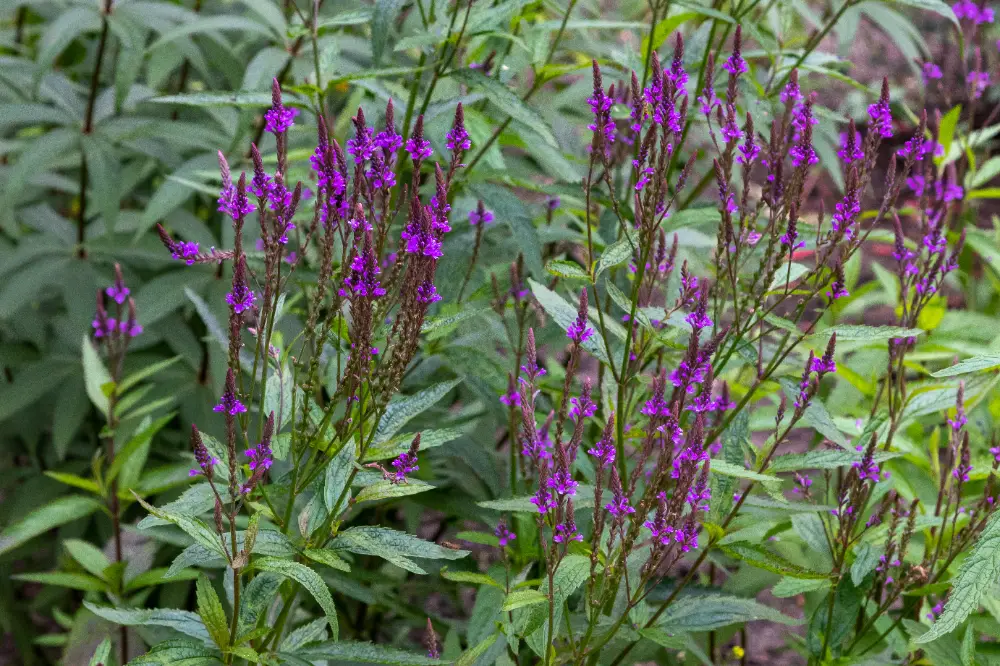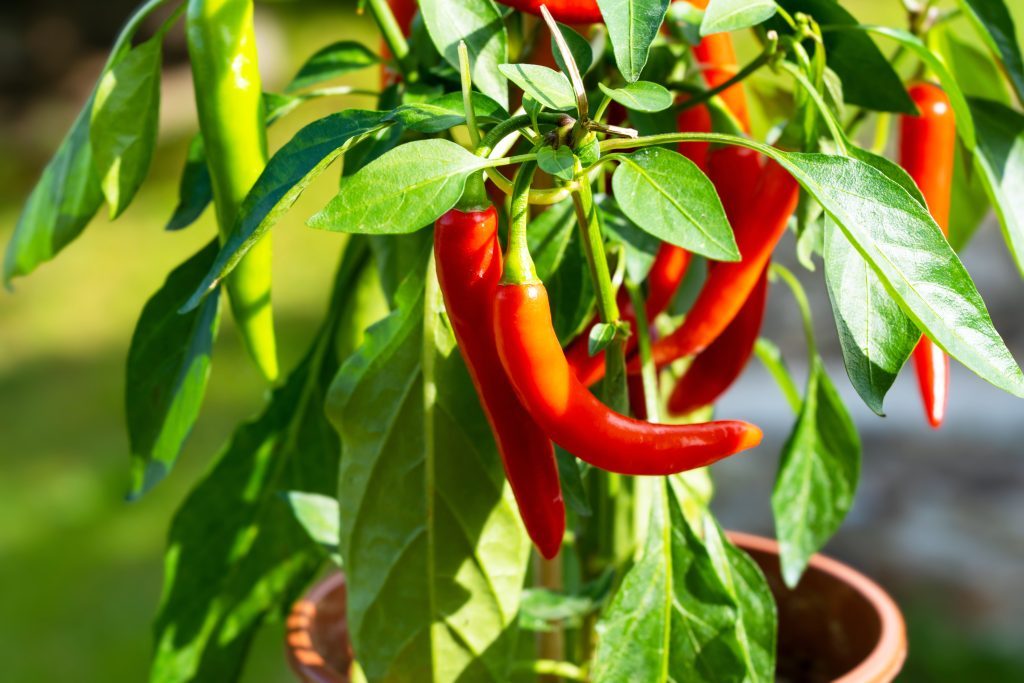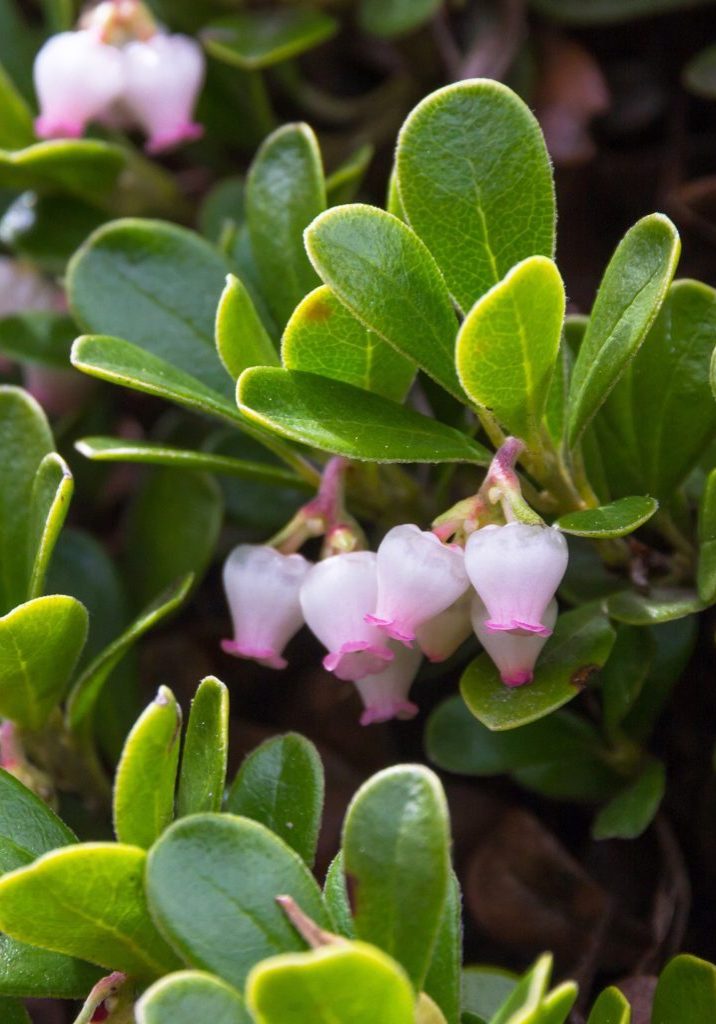
Uva-ursi
Arctostaphylos uva-ursi
Ericaceae (Heath Family)
Traditional Urinary Tonic and Herbal Antiseptic
Other names:
Bearberry, Kinnikinnick, Rockberry, Mountain Cranberry
Superpower
The ability to support urinary health with its antiseptic and astringent properties. It has long been used to treat urinary tract infections (UTIs), helping to clear bacteria and soothe inflammation in the urinary system
Uses
Historical Uses:
Uva-ursi has been used for centuries in traditional medicine by Native American tribes and European herbalists. The leaves were used to make a smoking mixture known as Kinnikinnick, which was often combined with other herbs for ceremonial purposes. Medicinally, Uva-ursi was valued as a diuretic and urinary antiseptic, often used to treat urinary tract infections, bladder stones, and other issues related to the kidneys and urinary system. Its astringent properties also made it useful for treating wounds, sores, and inflammation.
Current Uses:
- Urinary tract infections (UTIs): Uva-ursi is commonly used to help clear bacteria from the urinary system and reduce symptoms of UTIs.
- Diuretic: The plant promotes urine flow, aiding in the treatment of water retention and helping flush out infections.
- Astringent: Due to its astringent qualities, Uva-ursi is useful in treating inflammation in the urinary tract and can help tone tissues.
- Antiseptic: Uva-ursi’s key active compound, arbutin, converts into hydroquinone in the body, which provides a natural antiseptic effect, particularly in the urinary system.
- Topical use: The leaves are sometimes used in ointments to treat minor cuts, scrapes, and inflammation on the skin.
Cautions
Toxicity: The toxicity of Uva-ursi is linked to the conversion of arbutin into hydroquinone, which can be harmful in large amounts. Consuming about 15g of fresh leaves can produce 1g of hydroquinone, potentially leading to symptoms such as tinnitus, nausea, vomiting, a sense of suffocation, shortness of breath, cyanosis, convulsions, delirium, and collapse. The tannin content in Uva-ursi can also accumulate and may cause liver and kidney damage with prolonged use.
Contraindications: Avoid use during pregnancy and lactation. Due to the presence of hydrolyzable tannins, it is also recommended to avoid Uva-ursi in cases of kidney disease and to limit use to no more than 14 consecutive days.
Interactions: High doses of vitamin C and cranberry juice may acidify the urine, which could inhibit the conversion of arbutin into hydroquinone. Additionally, the high tannin content in Uva-ursi may interfere with the absorption of certain nutrients.
Known Chemical Constituents
Tannins: Both hydrolyzable and condensed, which contribute to the plant’s astringent and anti-inflammatory effects, helping to tighten tissues and reduce irritation.
Hydroquinone glycosides: Arbutin, which breaks down into hydroquinone in alkaline urine, providing strong antiseptic properties in the urinary tract.
Polyphenolic acids: Including ursolic, gallic, and ellagic acids, which have anti-inflammatory, antioxidant, and healing properties.
Flavonoids: Such as quercetin and myricetin, which provide antioxidant benefits.
Volatile oils: Including terpenes like alpha-pinene and limonene, which contribute to the plant’s antimicrobial effects.
Resins: Help with wound healing and provide additional astringent properties.
Allantoin: Known for its skin-soothing and healing properties, aiding in the regeneration of damaged tissues.
Botanical Description
Habitat: Arctostaphylos uva-ursi thrives in rocky, sandy soils and is found in cool climates across North America, Europe, and Asia. It typically grows in open forests, heathlands, and mountainous regions.
Leaves: The leaves are evergreen, thick, and leathery with a shiny surface. They are oval-shaped and about 1–2 inches long.
Stems: Uva-ursi has creeping, woody stems, which form low-growing mats that hug the ground, making it an excellent ground cover.
Flowers: Small, bell-shaped pink or white flowers bloom in clusters in the spring, giving way to small red berries in late summer.
Roots: The plant has a shallow root system, which helps it anchor into rocky or sandy soils, absorbing nutrients in tough growing conditions.
Fun Facts
Uva-ursi’s name translates to “bear’s grape”, referencing the fact that bears love to eat its berries! Historically, it was also an important part of Native American smoking mixtures, known as Kinnikinnick, which were used in ceremonial rituals.
Parts Used
Leaves
Harvest
Timing: The leaves of Uva-ursi are best harvested in late summer or early fall, just before the plant begins to flower or after the berries have ripened. This ensures the highest concentration of arbutin and other active compounds in the leaves.
Method: Use sharp scissors or pruning shears to collect the leaves. Be careful not to damage the woody stems or overharvest from any one plant. Gently rinse the leaves if needed and lay them out to dry in a well-ventilated, shady area.
Storage: Once fully dried, store the leaves in an airtight container in a cool, dark place to preserve their potency. Dried Uva-ursi leaves can last up to one year.
Preparations
Teas and Infusions:
- Uva-ursi is commonly prepared as a tea or infusion to treat urinary tract infections and inflammation. The leaves are steeped in hot water for 15-20 minutes to extract the medicinal properties. Due to its strong taste, it is often combined with marshmallow root or licorice to balance its astringency.
Tinctures:
- A tincture made from the leaves can be used for acute urinary issues, offering a more concentrated dose of the herb’s antiseptic and astringent effects. This is particularly helpful for addressing UTIs and kidney inflammation.
Poultices and Compresses:
- Uva-ursi leaves can be ground into a powder and made into a poultice or compress to treat skin wounds, cuts, or inflammation. The leaves’ astringent and antiseptic properties help to reduce swelling and promote healing.
Capsules and Tablets:
- Uva-ursi is available in capsule or tablet form for those who prefer a more convenient way to consume it. This form is often used for its diuretic and urinary tonic benefits.
Sacred Rituals
Brew a cup of Bearberry tea with intention, focusing on the tea’s ability to cleanse and purify the urinary system. With each sip, imagine the tea flowing through your body, gently cleansing and restoring balance to your urinary system. Visualize any blockages or stagnation being washed away, leaving you feeling lighter and more energized.
Affirmations
“I honor my body’s natural ability to cleanse and heal, releasing what no longer serves me and restoring balance to my life.”
Spiritual Associations
Purification: Uva-ursi is symbolically connected to cleansing both the body and spirit. It is often used to clear negative energy and promote a sense of purity and renewal.
Functions
A substance or agent that reduces inflammation in the body, soothing irritation, swelling, or redness in tissues.
Antimicrobial (specific to urinary tract)
A substance or agent that targets and inhibits the growth of microorganisms in the urinary tract, helping to address or prevent infections.
AntioxidantA substance or agent that neutralizes free radicals, preventing oxidative damage to cells and tissues.
AstringentA substance or agent that causes contraction or tightening of tissues, often reducing secretions or bleeding.
Demulcent
A substance or agent that soothes and protects irritated or inflamed tissues by forming a protective film over mucous membranes.
DiureticA diuretic is a substance that promotes the increased production and excretion of urine, helping the body eliminate excess fluids and salts through the kidneys.
Respiratory HealthRefers to the optimal functioning of the lungs and airways, enabling efficient breathing and the exchange of oxygen and carbon dioxide.


